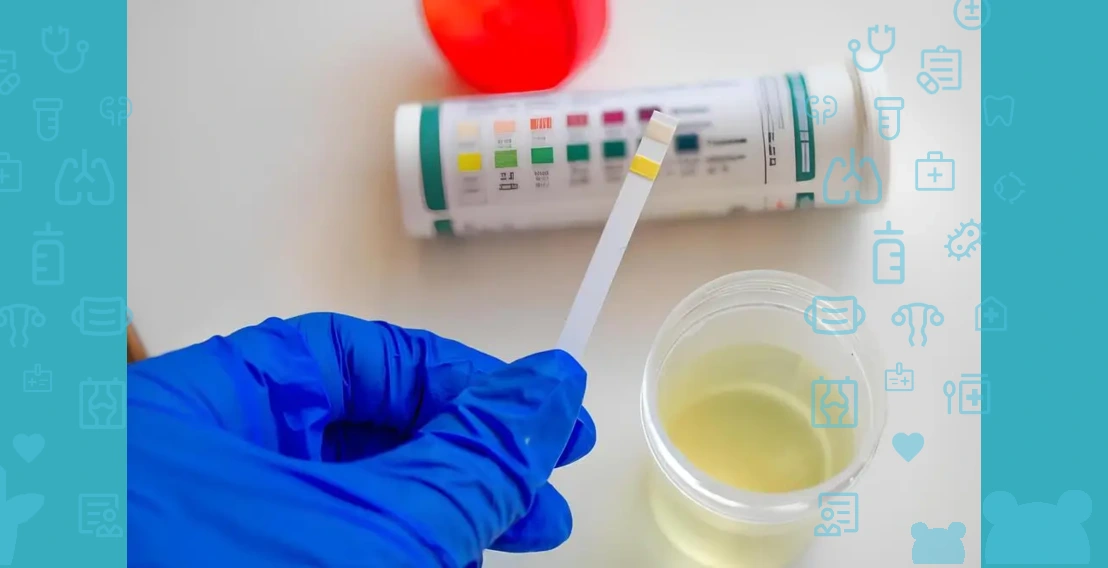What can you eat with acetone breath? This is a question that worries many parents when their child has symptoms of intoxication and a characteristic bad breath. It is important to recognize the problem in a timely manner and provide the child with the right help to avoid complications.
Ketacidosis or acetonemic syndrome is a pathological condition accompanied by a high concentration of ketone bodies and an increased level of acetone in the blood and urine. It is most often observed in children aged 1 to 12 years.
Causes of high acetone in a child
The main reasons for increased acetone in children:
- hereditary predisposition;
- fasting or irregular eating;
- excessive consumption of fatty foods;
- infectious diseases (ARVI, flu, etc.);
- stress and emotional overstrain;
- intense physical training;
- active outdoor games;
- thyroid pathologies;
- type 1 diabetes;
- food allergy;
- some medications.
Symptoms of acetonemia in a child

Acetonemic syndrome has characteristic manifestations that help to identify the problem in time:
- a specific smell of acetone from the mouth, similar to the smell of rotten apples; nausea and repeated vomiting that does not bring relief;
- rapid heartbeat and breathing;
- pain in the navel or epigastrium;
- loss of appetite;
- paleness or redness of the skin;
- headache, dizziness;
- lethargy, drowsiness.
If symptoms of increased acetone appear, it is necessary to check the level of the chemical compound in the urine using special test strips.
What to do if a child has high acetone levels?
If a high level of acetone is detected, it is necessary to:
- ensure plenty of drinking – give the child frequent, but small portions of rehydration solutions, alkaline non-carbonated mineral water, weak tea with glucose or honey, dried fruit compote;
- use enzyme preparations to normalize the functioning of the gastrointestinal tract (as prescribed by a doctor);
- control body temperature – if the temperature rises, use antipyretics recommended by the pediatrician;
- create a calm environment – limit physical activity, avoid stressful situations;
- adjust your diet – eliminate sweets, fatty and fried foods, and include light carbohydrates;
- Regularly check your acetone levels using test strips.
You should definitely call an ambulance if:
- high acetone levels persist for more than a day;
- vomiting does not stop within 4-6 hours;
- the child refuses to drink or his body does not retain fluid;
- disorientation appeared;
- convulsions occurred;
- the child suffers from diabetes;
- the baby is under 3 years old.
With elevated acetone, it is important not only to ensure the child has a proper drinking regimen and diet, but also to monitor their condition. If the symptoms persist or the child refuses to drink, immediately contact a pediatrician to avoid serious complications.
Child's diet with elevated acetone
Proper nutrition is the basis of treatment and prevention of acetonemic syndrome. A special diet will help maintain acetone levels in the normal range. Therefore, it is important to know what to give a child with acetone, and which foods should be avoided.
What can you feed a child?
A child's diet should contain:
- easily digestible carbohydrates (rice, buckwheat or oatmeal porridge on water, dried white bread, biscuits);
- stewed or boiled vegetables (potatoes, carrots, cauliflower, zucchini);
- lean meat and fish (chicken fillet, turkey, boiled cod);
- fruits and berries (apples without skin, bananas, pears);
- fermented milk products (kefir, natural yogurt without additives, low-fat cheese);
- drinks (alkaline still mineral water, sugar-free dried fruit compotes, weak tea with honey or glucose).
What can't you eat with acetone in children?
You can not give the child:
- fatty foods (lard, pork, lamb, fatty fish);
- fried foods (french fries, cutlets, patties);
- smoked and canned products (sausages, ham, pates, canned goods);
- sweets and confectionery (candy, chocolate, cakes, cookies);
- carbonated drinks and packaged juices; fast food; spicy seasonings, marinades, sauces;
- legumes, mushrooms, fatty nuts;
- citrus and exotic fruits.
Recommendations for the prevention of high acetone in a child
The following will help prevent the occurrence of acetonemic syndrome:
- regular balanced nutrition;
- no long breaks between meals;
- diet control;
- sufficient water consumption according to the child's age;
- avoiding overwork and stress;
- moderate physical activity without overload;
- strengthening immunity, avoiding contact with infectious patients;
- timely treatment of diseases;
- regular check-ups with a pediatrician
In case of frequent recurrences of acetonemia, consultation with a gastroenterologist and endocrinologist is necessary to rule out serious diseases and, if necessary, develop an individual treatment regimen.
